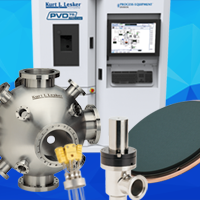December 30, 2016 | By KJLC Blog
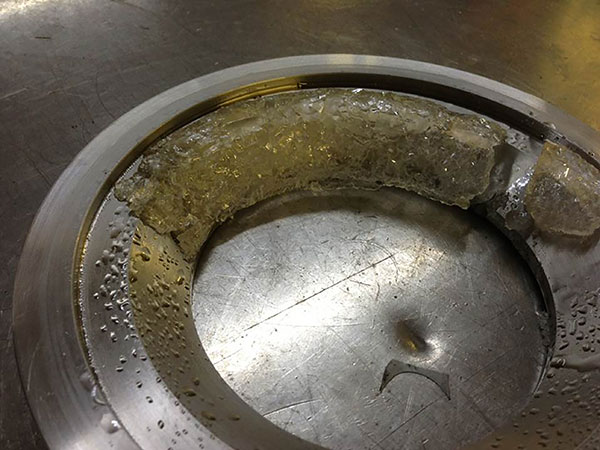
Users of diffusion pumps for harsh processes or in non-optimized vacuum systems may be seeing crystallization of solids in their pump fluid. This crystallization results from decomposition of fluids due to over exposure to oxygen at high temperatures. This break down alters the viscosity of the pump fluid and may also obstruct flow passages. Further, the build-up of solids and crystals on internal surfaces can lead to inefficient heat transfer which may make operation of the pump unstable.
Read More
Tags:
Vacuum Fluids & Greases
Vacuum Science
August 30, 2016 | By KJLC Innovate
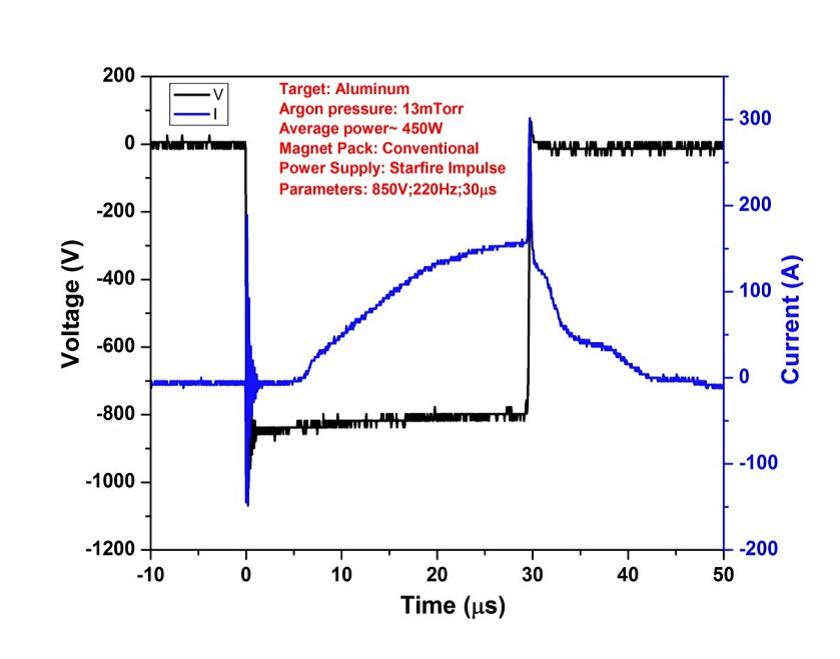
High Power Pulsed Magnetron Sputtering (HPPMS) or High Power Impulse Magnetron Sputtering (HIPIMS) is a type of magnetron sputtering technique where high power pulses of hundreds of microseconds are applied to the magnetron target at frequencies ranging from a few Hz to several kHz.
Read More
Tags:
INNOVATE
Systems
Vacuum Science
July 20, 2016 | By KJLC Innovate
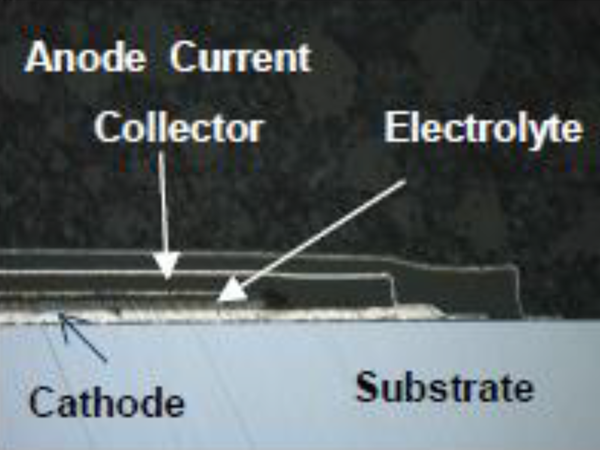
The concept of energy storage in thin films has been around for a long time. One of the early uses of the term 'Thin Film Battery' (TFB) was in a 1976 patent by Exxon [1]. Nearly 20 years later, Bates and his team at Oak Ridge National Laboratory (ORNL) patented the sputter-based, all solid state battery utilizing the electrolyte LiPON [2]. The Bates battery paired LiCoO2 and Li3PO4-xNx (LiPON) to produce a 4 volt secondary cell.
Read More
Tags:
INNOVATE
July 11, 2016 | By KJLC Blog
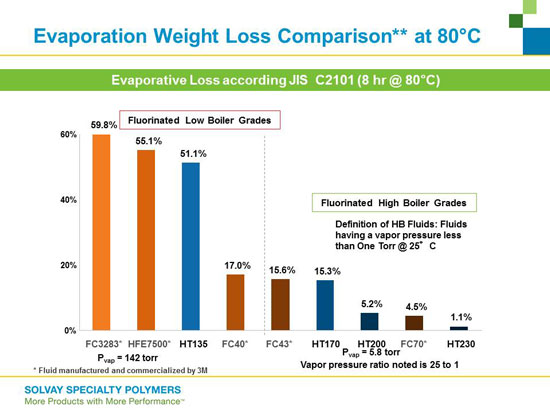
Greenhouse gas (GHG) emissions from the semiconductor industry comprise a tiny contribution to the global climate change issue, at less than <0.2% (ref 1). However, with a strategic act of brilliance, the industry has adopted voluntary measures, going back to the mid '90s. These measures have enabled this industry to reduce its contribution to emissions that may cause global climate change by more than 30%, when the goal of the initial program was only a 10% reduction. For most other industries that would have been an unachievable feat (ref 2, World Semiconductor Council).
Read More
Tags:
Vacuum Fluids & Greases
June 28, 2016 | By KJLC Blog

"Enabling technology for a better world" is Kurt J Lesker Company’s mission. It’s what our employees come to work thinking about each day. In keeping with this goal, we strive to provide technical advice and share our experiences with our customers. We are continually adding useful technical information to our product pages, including appropriate crucibles/crucible liners for many of our materials. Z-ratios, vapor pressures, maximum power recommendations, and densities are available on the majority of our evaporation material and sputtering target web pages.
Read More
Tags:
Deposition Materials
May 13, 2016 | By KJLC Innovate

Solar cells work by using materials that absorb photons from sunlight in a broad spectral range and in turn effectively convert this captured light into free charges that produce electricity. Modern solar cells are based on crystalline Silicon (c-Si) which is a cheap and abundant semiconductor, however the cost to produce electricity using them is relatively high as the efficiency rates of c-Si based cells are relatively low. As a result thin film solar cells have been developed to combat crystalline Silicon's inherent inefficiencies. Technologies such as CIGS, CdTE, amorphous Silicon and OPV have all strived to create solar cells that have high efficiencies coupled with good cell stability and low manufacturing costs.
Read More
Tags:
INNOVATE
Systems
Vacuum Science
May 09, 2016 | By KJLC Innovate
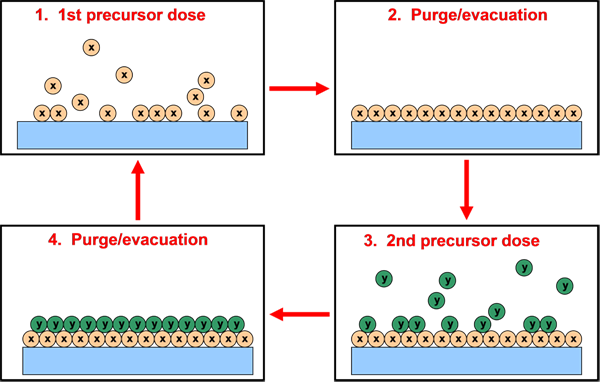
ALD has been described as a thin film deposition technology that can keep the semiconductor industry on track per Moore's law (or observation) [1] for a few more years. In its most ideal form, it is a process that enables monolayer, or sub-monolayer growth of certain materials through the sequential exposure of a functionalized substrate to a pair of precursor gases. If dosed correctly the gases attach at specific surface sites and react to create a near perfect film on the order of a few angstroms thick. Presently the U.S. Department of Defense anticipates that the last process node for semiconductor devices (the end of Moore's) is 7 nm and will be achieved by 2020 [2].
Read More
Tags:
INNOVATE
Systems
Vacuum Science
Deposition Techniques
January 19, 2016 | By KJLC Innovate
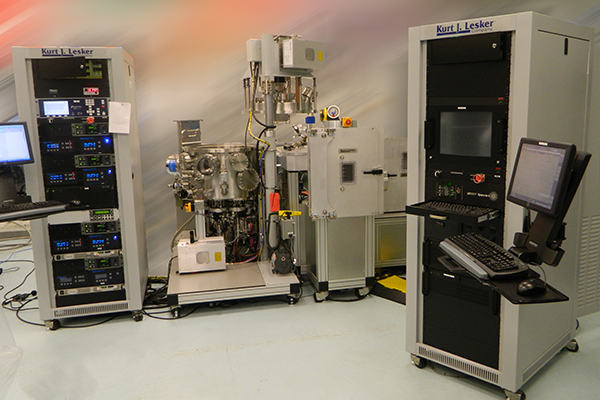
Combinatorial Magnetron Sputtering (CMS) has distinguished itself as a viable tool for the rapid development of vast libraries of complex materials. Researchers at the Joint Center for Artificial Photosynthesis, California Institute of Technology (Cal Tech) and the Kurt J. Lesker Company® (KJLC®) [1] have recently published work on Combinatorial Magnetron Sputtering (CMS) using a novel robotically controlled thin film deposition cathode tilt and substrate manipulation mechanism. Combinations of metal alloys, mixed metal oxides and nitrides have been demonstrated with the system as a basis for a predictive model developed by Cal Tech to streamline the design of new materials for certain critical applications.
Read More
Tags:
INNOVATE
Systems
Vacuum Science
Deposition Techniques

